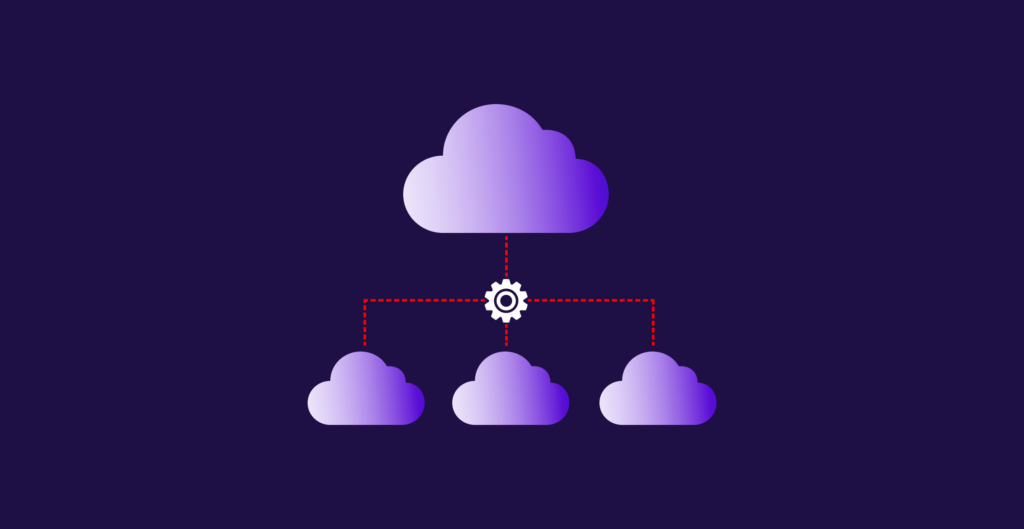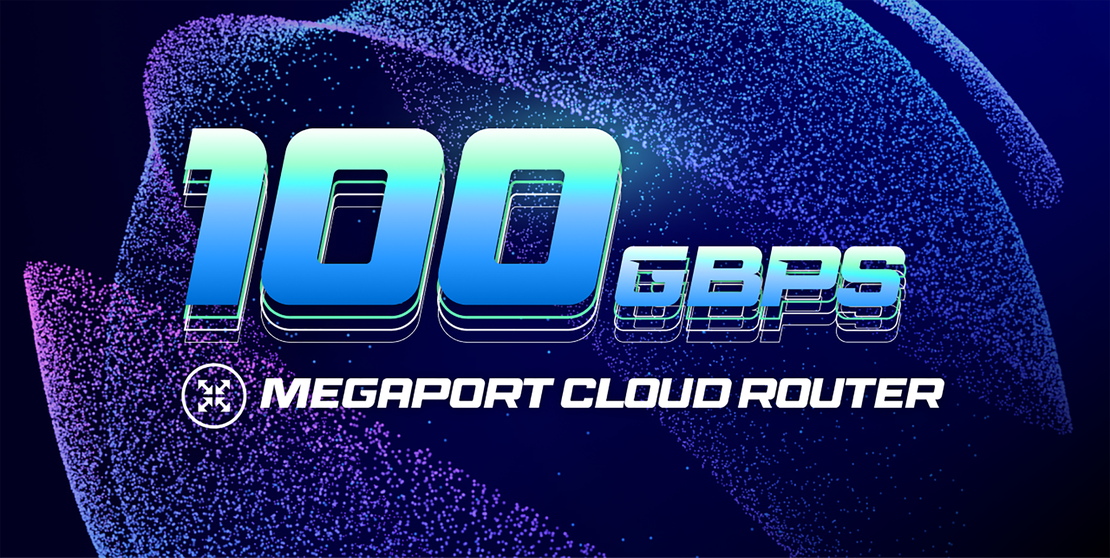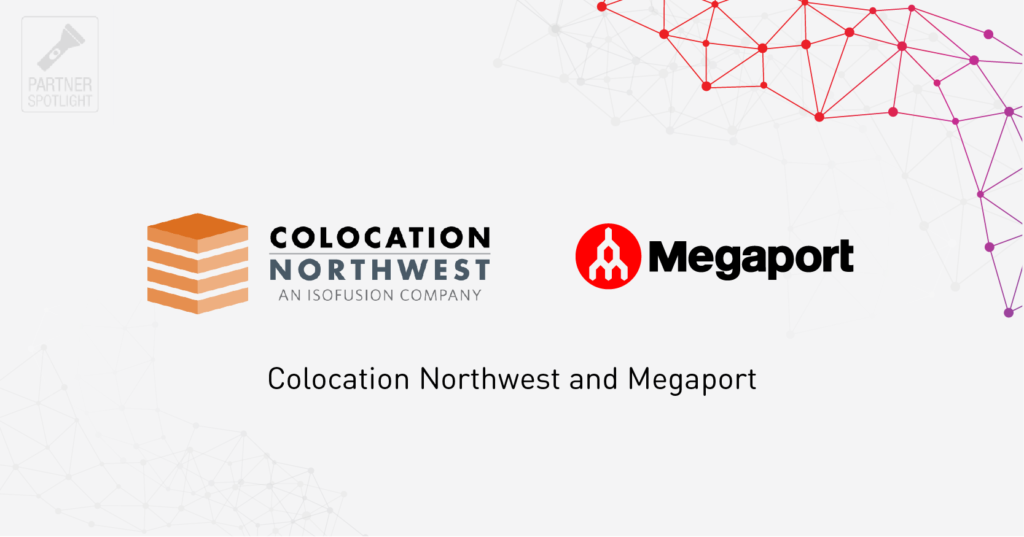
How to Simplify Your Multicloud Management in 2022
- Cloud networking
- June 24, 2022
- RSS Feed
As your multicloud network grows more complex, managing it shouldn’t. Here’s how you can leverage existing tools to manage your multicloud time, cost, and performance.
According to a recent Gartner® cloud adoption survey, “63% of organizations have a primary cloud service provider (CSP) and also use additional cloud providers, and 13% use multiple providers without having one primary provider. This results in 76% of organizations using multiple cloud providers.”1
As multicloud becomes the norm, it’s not only important to manage growing costs and resource requirements across your team, it’s also important to architect your network with the flexibility it needs to perform effectively and keep your data secure. So how can you successfully manage your ever-growing and ever-more-complex infrastructure?
When it comes to successful and sustainable multicloud management, there are four key trends that can help the most. The following is an explanation of these trends, along with examples to help guide your own journey.

1. Use APIs to automate processes across your clouds
An open API (sometimes known as a public API) is an application programming interface that allows developers to customize a proprietary software application or web service operates. Like the general rules that comprise any computer program, APIs are sets of requirements that govern how one application can communicate and interact with another – which also lends them to be a key tool in improving your network security.
Open APIs are a huge help for developers because they enable them to automate processes across their multicloud. A recent study from MIT shows that a plurality of organizations are in fact adopting APIs as a key part of an incremental transformation journey. With customer expectations high, and real-time systems as essential as real-world highways, the thinking behind the use of APIs is to deploy parallel improvements that gradually take the place of incumbent systems, where constant maintenance and monitoring of individual network applications is needed.
Learn about automating your multicloud with the Megaport Terraform Provider.
For a company’s multicloud infrastructure, APIs can automate everyday tasks, freeing up staff to work on other projects. If you’re using a cloud-to-cloud router like Megaport Cloud Router (MCR), APIs can even be used to automate virtual cross-connects (VXCs) – a point-to-point Layer 2 circuit between two of your network endpoints. APIs can even automate VXC data rates based on time of day, traffic usage, or event-driven needs, so organizations are not overspending on capacity or the resources that monitor such capacity.
The result is an up-to-date network with better visibility and easier management, leaving more time for network teams to focus on projects that drive your business forward.
2. Connect with a NaaS provider to oversee all your clouds in one place
Alongside automating administrative tasks across your multicloud, equally important to improving network management is aligning with a Network as a Service (NaaS) provider. NaaS, for those new to the term, gives teams the tools to run all of their cloud applications on a privately provided network layer, bypassing the public internet, and manage all their cloud deployments from a single place. Consolidating your cloud connections with a NaaS provider eliminates the need to jump from network to network, and being able to see everything at once saves organizations even more time.
NaaS also reduces capex and opex by removing the need to provision or maintain physical infrastructure. Third, because NaaS is on-demand, companies only pay for what they use, so there is no over-investment in infrastructure or capacity.
Finally, and perhaps most important, NaaS enables organizations to leverage all their existing clouds first, before tapping new networks. The idea here, as elsewhere, is efficiency and cost optimization.
3. Orchestrate your multicloud network to grow organically over time
Once you have an automated, consolidated network, the next step is deploying what you have learned across your entire infrastructure from end to end. This is where a Software Defined Wide Area Network (SD-WAN) comes in – the new standard for organizations striving for ultimate network agility.
We’ve covered the benefits of SD-WAN in our previous blogs, including the improved flexibility, control, and security it can give your entire network. These benefits are only heightened when combined with other cloud-native security technologies for a Secure Access Service Edge (SASE) architecture – but we cover that in more detail here.
Whether you’re just starting to look at SD-WAN for your business or you already have a sophisticated SASE architecture, the essential benefit will stay the same: You can securely connect users, systems, and endpoints to applications and services anywhere.
The result for your multicloud is an intelligent, integrated, and secure network that can provide the performance needed for today’s 24×7 applications and resources hosted across public, private, and hybrid clouds. When built on top of a NaaS network layer with APIs, managing your clouds will be simpler than ever, and growing your network will be as easy as clicking a few buttons.
Organizations that want to spin up this capability should consider choosing a vendor partnered with a Network Function Virtualization (NFV) service provider—like Megaport Virtual Edge (MVE)—to supercharge their network speed, security, and management from branch to cloud.
MVE seamlessly extends the value of your SD-WAN fabric and brings your private networking closer to the edge with API-level integrations between Megaport and the industry’s top SD-WAN providers like Cisco, Fortinet, Versa, Aruba, and VMware.
Go a step further by integrating your cloud stack. Learn how here.
4. Use a cloud-to-cloud routing service to integrate your clouds and interconnect your workloads
The final step in simplifying your multicloud is to effectively manage your traffic and optimize your cloud-to-cloud routing paths. Multicloud routing often results in what is known as hairpinning, when traffic has to run back and forth between clouds via a data center or other on-premises environment, impacting latency and slowing down operations. Adopting virtual cloud-to-cloud routing alleviates this issue, reducing latency and egress fees by essentially enabling your different cloud providers to talk to one another.
With MCR, for example, you can privately peer between your cloud and as-a-service providers by provisioning Virtual Cross Connects (VXCs) – your custom virtual paths. Think of them as private express lanes you can spin up for your network on demand. The result is user-defined routing for better control regardless of providers and regions, lower costs, faster operations, easier management, and born-in-the-cloud capabilities that open your business up to a new world of networking possibilities.
Conclusion
Multicloud management is no longer a nice-to-have – it has become a priority for organizations. Simplifying your multicloud management with tools that enable automation, integration, centralized management, and the flexibility to grow will reduce your bottom line and go-to-market speed, and improve your team’s productivity.

Multicloud connectivity solutions, all in one place – find the one best for you here.
You don’t have to review and implement these key trends in the order shown above, either – in fact, it would be best to review them in tandem as some vendor-neutral network players (like Megaport) can provide for all of the above to make your multicloud management even simpler. Each implementation will support the others for a network that gives your business higher profits, happier customers, and a business capable of innovating faster than your competitors.
1 Gartner, How to Plan for Optimal Multicloud and Intercloud Data Management, By Nina Showell, Adam Ronthal, 6 August 2021.
GARTNER is a registered trademark and service mark of Gartner, Inc. and/or its affiliates in the U.S. and internationally and is used herein with permission. All rights reserved.


